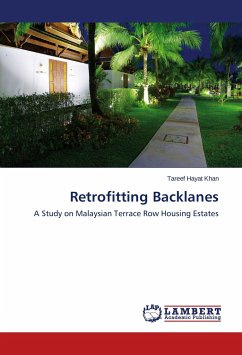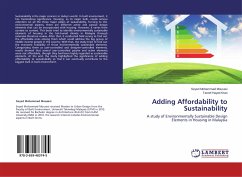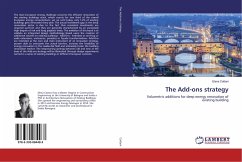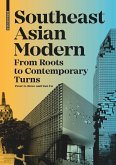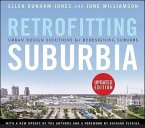Terrace Row Housing Estate is the major typology of housing in urban Malaysia. The model is heavily car prioritized with little or no concern about pedestrian activity. Though tropical climate can be blamed for people s lack of interest in pedestrian activity, it is already a proven phenomenon that pedestrian activity is not only good for health, but it can also generate community bonding, that eventually can contribute to security inside neighborhoods as well. In current model of terrace row housing estates, backlanes remain as essential part. However, as backlane is losing its historical significance, the underused backlanes in thousands of older terrace houses can give a negative image of the estates. This study proposed retrofitting backlanes into pedestrian zones and used the results of a survey on residents to develop some ideological concepts on it. However, it also went one step beyond to suggest connecting all the backlanes in a particular neighborhoods in order to create a traffic free pedestrian zone. That not only can create a lively environment for children and elderlies, but also can improve the image of these neighborhoods and increase its property market values.
Bitte wählen Sie Ihr Anliegen aus.
Rechnungen
Retourenschein anfordern
Bestellstatus
Storno

